Glenn Maitland Turner played cricket for New Zealand and was one of the country's best and most prolific batsmen. He is the current head of the New Zealand Cricket selection panel.
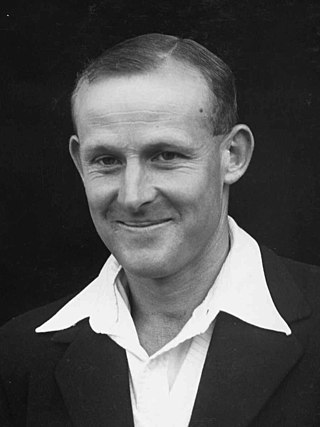
Henry Butler Cave was a New Zealand cricketer who captained New Zealand in nine of his 19 Test matches. His Test career extended from 1949 to 1958,and he played first-class cricket from 1945 to 1959.
Murray George Webb is a prominent New Zealand caricature artist and a former New Zealand Test cricketer. He was born at Invercargill in 1947.
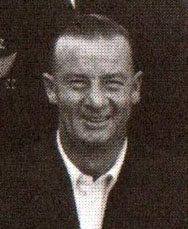
Alexander McKenzie Moir was a New Zealand cricketer. He played 17 Test matches for New Zealand in the 1950s as a leg-spinner and lower-order batsman.

Allen Fisher Lissette was a New Zealand cricketer who played in two Test matches in 1956.
Grenville David "Gren" Alabaster is a New Zealand former first-class cricketer who played for Otago,Canterbury and Northern Districts between 1955 and 1976. A winner of the New Zealand Cricket Almanack Player of the Year Award in 1972,Alabaster was an all-rounder:a right-arm off-break bowler and left-handed batsman. He toured with New Zealand to Australia in 1973–74,but never played in a Test match. His brother Jack Alabaster played 21 Tests;the two brothers played together for Otago and Southland for many years.
This article describes the history of New Zealand cricket from the 1945–46 season until 1970.
Robert Alexander Holloway is a New Zealand former cricketer. He played 15 first-class matches,including 14 for Otago in the Plunket Shield,during the 1960s as an opening batsman. A good club batsman who is considered to have not fulfilled his potential in representative cricket,Holloway also played for Southland in the Hawke Cup.
An Australian cricket team toured New Zealand from February to April 1921 to play nine first-class matches including two against New Zealand. The Australians also played the main provincial teams.
The Australia national cricket team toured New Zealand from February to April 1928 and played six first-class matches including two against the New Zealand national cricket team. This was before New Zealand began playing Test cricket.

While the Australian Test team was touring South Africa in the 1949–50 season,another Australian team captained by Bill Brown played 14 matches in New Zealand between February and April 1950,five of which were first-class. These included one match against the New Zealand national cricket team,but this was not granted Test status.
An Australian national cricket team captained by Ian Craig toured New Zealand between February and April 1957. They played 12 matches,seven of which were first-class,including three matches against New Zealand,but these were not granted Test status. The Australians won one and drew two of the international matches,and won the other four first-class matches.
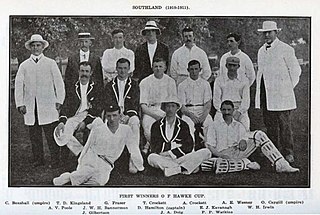
The Southland cricket team represents the Southland Region of New Zealand. They compete in the Hawke Cup.
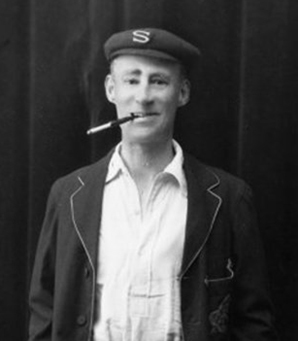
John Allen Doig was a New Zealand cricketer who played first-class cricket for Southland from 1915 to 1921.
George Charles Lee Wilson was a New Zealand cricketer who played first-class cricket for Canterbury in the 1913-14 season and died in World War I.

George Gordon Burnes was a businessman and first-class cricketer in New Zealand.
Michael Lamont is a New Zealand former cricketer. He played 33 first-class and 40 List A matches,almost all of them for Otago,between the 1990–91 and 1998–99 seasons.
The Australian cricket team toured New Zealand in January and February 1878,before their 1878 tour of England. It was the first overseas tour by a representative Australian team.
The Australian cricket team toured New Zealand in January and February 1881. The Australians played ten matches against provincial teams,nine of which fielded 22 players with the aim of providing more evenly-matched contests. Two further brief matches were played to fill the allotted time after a scheduled match finished early. As none of the matches were 11-a-side they are not considered to have been first-class.
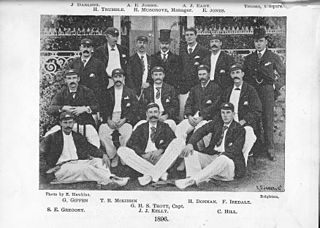
The Australian cricket team toured New Zealand in November 1896,playing five matches. They were returning from their 1896 tour of England.








